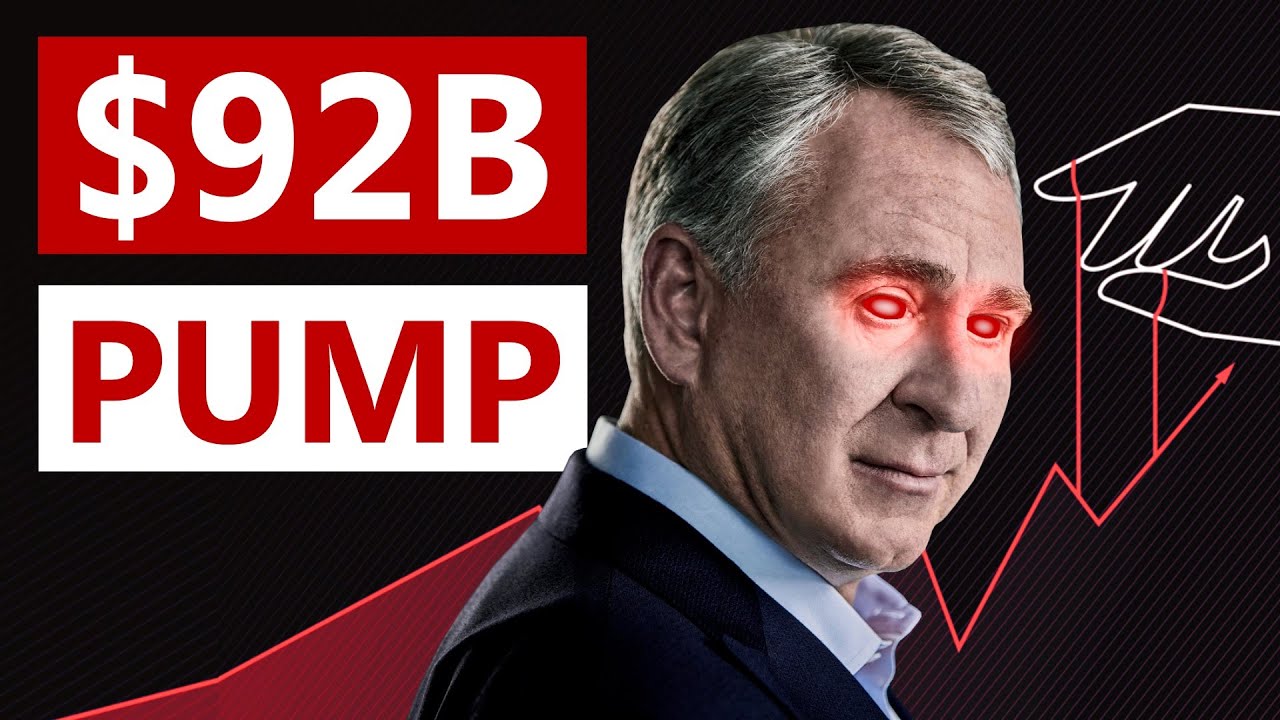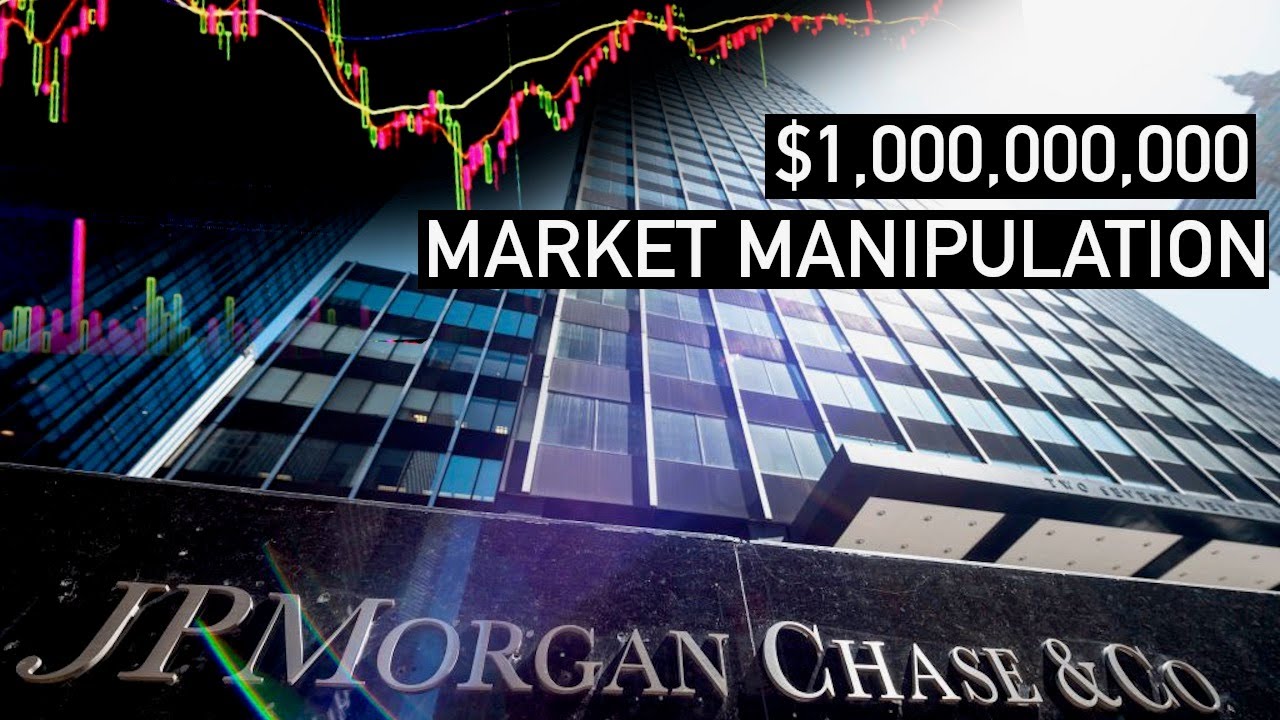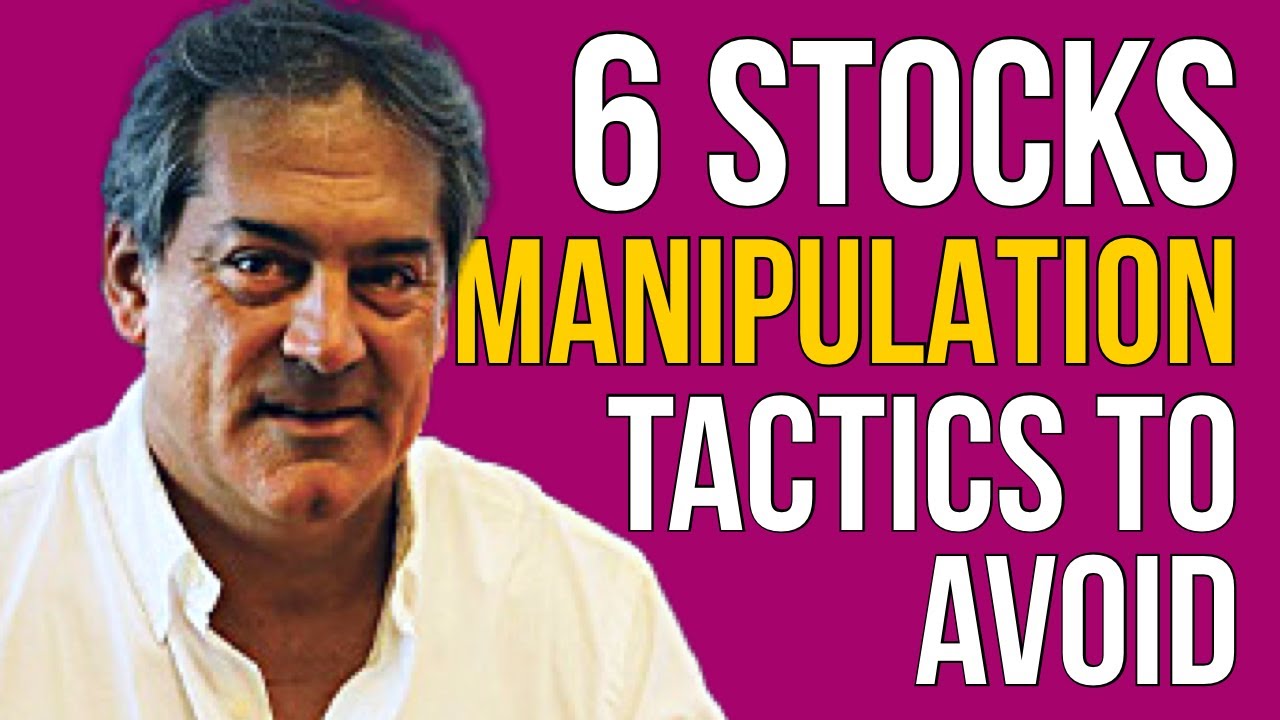What is market manipulation?
Psychologically speaking, manipulation is a form of social control that uses indirect, misleading, or underhanded techniques to alter the behavior or opinion of others.
Author:James PierceReviewer:Camilo WoodSep 07, 20224.3K Shares543.7K Views

“„The market is manipulated by big sharks. The price isn’t moving when it should be.
And a lot more. That’s how people on the internet speak about stock manipulation or market manipulation. But, what is it, really?
What Is Manipulation?
Psychologically speaking, manipulation is a form of social control that uses indirect, misleading, or underhanded techniques to alter the behavior or opinion of others. Such tactics could be called exploitative and devious since they further the manipulator's objectives at the cost of others.
Manipulation is not just done mentally. In fact, there are a couple of instances right now where you can see manipulation. People on the internet speculate that the stock market is being manipulated by other investors or traders.
The same goes for the crypto market. While we don’t have concrete information to support that, we do have a couple of information that discusses if it really exists and how the market is manipulated.

What Exactly Do Market Makers Do? (& How They Manipulate The Market)
Does Market Manipulation Exist?
In February 2021, the law firm Hagens Berman launched a class-action complaint charging market manipulation against one of the primary instigators on the Reddit list.
Three forms of market abuse are prohibited by the Securities Act of 1934 and the Commodities Exchange Act: spreading false information, speculative trading, and manipulating prices.
So, if you’re wondering whether market manipulation exists, yes is the answer and it’s done in three ways according to this security act.
Spreading False Information
Based on whether they want to sell or buy, fraudsters can spread rumors to inflate or deflate stock prices. Spreading gossip and disinformation is easy with social networking, chat rooms, spam promotions, and fake newsletters.
Speculative Trading
Fictitious trades are phony trades that are used to create the illusion of production or market movement. There is no shift of control of fictitious transactions, and the broker is not exposed to any financial harm. Fictitious trading is described as placing a large quantity of buy or sell orders and then suspending them.
Manipulation Of Prices
Big or high quantities of transactions may be used in market fixing strategies to lift or lower costs. Inactive shell firms with licensed securities may also be purchased by fraudsters. They then use a sequence of bogus trades to inflate the worth of the shares.
How Does Market Manipulation Work?
There are a few popular market manipulation schemes, but there are an infinite number of varieties such as these:
Washed Trades And Matched Orders
Wash transactions and matched orders are examples of fictitious trading. Wash trades are bought and sell orders placed by the same group for the same amount of shares and at the same price. There is no transfer of ownership, and the trader faces no financial risk. Pre-arranged deals between a buyer and a seller for a certain number of shares at a certain price are known as matched orders.
Layering/spoofing
Spoofing is a type of fictitious trading as well. Spoofing is the practice of putting in a large number of buy or sell orders and then canceling them before they are fulfilled.
JP Morgan Chasewas fined $920 million by the Commodity Futures Trading Commission (CFTC) in 2020 for putting hundreds and thousands of commodity futures orders with the purpose of canceling them before execution in order to manipulate prices over an eight-year period.
Pump And Dump
The most popular strategies that explicitly entrap the average investor are pump and dumps. They include penny stocks, which are small companies with over-the-counter shares (OTC).
Companies that trade on the over-the-counter market (OTC) do not have to comply with the stringent listing standards of a stock exchange such as the NYSE or Nasdaq. Microcaps are popular among fraudsters because there is typically little public information about the company and it is easier for them to seize control of the stock.
When fraudsters gain ownership of a company's stock, they launch a concerted initiative to boost or "pump" it. To spread disinformation and build demand, the scheme uses social media, newsletters, bogus analyst reports, fake trades, and telemarketing.
The fraudsters sell their shares after the company's stock has been inflated. When the event ends, the stock price drops, leaving legitimate investors with worthless stock.
Marking The Close
The practice of marking the close is an elevated trading strategy. At the close of the day, a large number of trades are executed, falsely inflating the stock's closing price.
Over a 6-month stretch, the Securities and Exchange Commission fined trading company Athena Capital $1 million for deliberately putting large quantities of trades in thousands of Nasdaq shares over the last two seconds of the session.

Inside JP Morgan's $1 Billion Market Manipulation Scam
Is Mark Manipulation Bad?
Manipulation is unlawful in most cases, but in some cases, such as with omnibus accounts, it can be hard for regulators and other agencies to identify. Unfortunately, market manipulation strategies deceive investors every day, leaving them with no redress.
Market manipulation fraud is systematically identified and prevented by the SEC Office of Market Intelligence, the US Department of Justice, the CFTC, and other agencies.
Can You Avoid Stock Manipulation?
The best security is easy precautions you can take before investing your money and so you can effectively avoid stock manipulation. Here are some tips to avoid manipulation in the market.
Unsolicited investment offers and stock recommendations sent by email, social media, or the internet should be regarded with caution. Telemarketing and the U.S. post are also used by scammers to spread their schemes.
Use FINRA's broker check or the SEC's Investment Adviser Public Disclosure method to look into the origins of any investment recommendation. It's a red flag if they aren't licensed. Don't take a promoter's word for it if they've been suggested to you by anyone you know. Celebrity endorsements aren't always trustworthy.

6 Stock Market Manipulation Tactics And How To Avoid Them
Fraudulent schemes are often promoted by newsletters. Be cautious of them. Look up those involved with the newsletter on SEC.govto see if any steps have been taken against them.
Microcap and OTC shares carry a higher chance of being hacked. If you'd like to invest, look for routine SEC filings in the SEC Edgar database. Stocks with no daily filings should be avoided. See if the firm is included on the SEC's list of trading halts.
High-return promises and sales incentives to move quickly are also red flags. Remove yourself from the situation.

James Pierce
Author

Camilo Wood
Reviewer
Latest Articles
Popular Articles